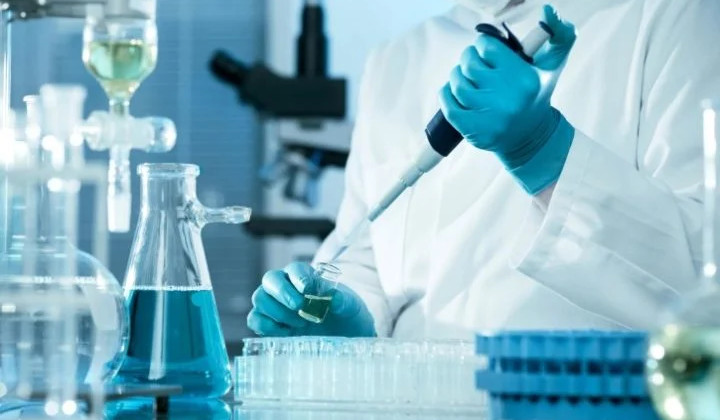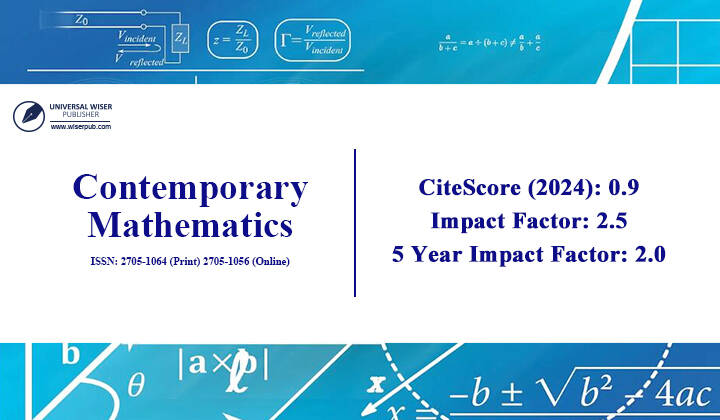


Using a photocatalyst, scientists have identified the factors behind racemization process of chiral sulfoxides.
Chiral sulfoxides, molecules that contain sulfur centers that cannot be superimposed on their mirror images, have wide applications in the chemical industry.
This ‘chirality’ of the molecules can make them extremely selective during reactions, which makes them valuable, especially in the pharmaceutical industry. But sulfoxides are famously stable, making their conversion into the desired mirror image challenging. Now, scientists from Tokyo University of Science have developed a new method to convert sulfoxides using light.
The first place you need to look to understand “chirality” are your hands – identical structures that cannot be successfully superimposed over one another. Like our hands, many molecules also exhibit chirality. Different forms of chiral molecules (like the right and left hand) are called enantiomers. Chirality is of particular importance in biology because it endows biological reactions with a high specificity. The reactions that one enantiomer take part in may not necessarily be ones that the other can interact in. This makes enantiomers, and the production of enantiomers, highly desirable to the pharmaceutical industry.
In a solution, enantiomers convert automatically into their mirror-image version by a process called “racemization.” Manipulating the racemization reaction helps produce the desired enantiomer as a product. But some molecules, such as sulfoxides, undergo racemization very slowly. Recently, a team of scientists from Japan—including Professor Hideyo Takahashi, Assistant Professor Kosho Makino, Ms. Kumi Tozawa, and Ms. Yuki Tanaka from Tokyo University of Science—has developed a method to achieve the rapid racemization of chiral sulfoxides, an important group of bioactive compounds and intermediates in chemical reactions. This study has been published in the Journal of Organic Chemistry.
One of the challenges in the racemization of chiral sulfoxides is the requirement of very high temperature (about 200°C) to invert the sulfur-centered pyramid-shaped structure of sulfoxides. But previous research had shown that the racemization of chiral sulfoxides by using light, i.e., photoirradiation, was also possible. This was achieved using a “photosensitizer,” a molecule that donated an electron to the reactants when irradiated with light, thus decreasing the energy required to achieve the reaction. “By conducting the reaction in the presence of a photosensitizer, we were able to achieve the racemization of chiral sulfoxide in much more moderate conditions,” says Prof. Takahashi.
For their work, the team photoirradiated several sulfoxides in the presence of the photosensitizing molecule 2,4,6-triphenylpyrylium tetrafluoroborate (TPT+) and found that effective racemization of a number of different sulfoxides occurred very quickly. Finally, they investigated the kinetics of these reactions and hypothesized a reaction mechanism by which they occurred.
Interestingly, the researchers noticed that not all sulfoxides were racemized by TPT. Certain functional groups such as dimethylamino, pyrrolidyl, and anisyloxy on the sulfoxide hindered the racemization process. To find out why, they assessed the electrochemical potentials (a measure of reactivity) of these functional groups by “cyclic voltammetry.” They saw that these functional groups had lower electrochemical potentials than sulfoxide, implying that they reacted ahead of the sulfoxides, thereby preventing their racemization. “It is our belief that determining electrochemical potentials via cyclic voltammetry will help determine the reactive nature of a photochemical reaction, which will save valuable experimentation and research time,” says Prof. Takahashi.
The study emerges as a distinguished addition to research on manipulating the chirality of molecules. As per Prof. Takahashi, “Our photosensitization-based rapid racemization technology can be used for dynamic asymmetric-induced reactions for obtaining the desired enantiomers.”
Source: https://www.technology.org/2021/11/29/novel-light-based-method-shows-the-changing-face-of-bioactive-molecules/

Scheduled Server Maintenance and System Downtime Notice Dec 16, 2025

Celebrating CM Editorial Board Members Recognized in the Wor... Oct 10, 2025

Food Science and Engineering Now Indexed in CAS Database Aug 20, 2025

Contemporary Mathematics Achieves Significant Milestone in 2... Jun 19, 2025

Three Journals under Universal Wiser Publisher are Newly Ind... Apr 21, 2025